A Quick Look at the Moto X - Motorola's New Flagship
by Brian Klug on August 1, 2013 3:00 PM EST- Posted in
- Smartphones
- Qualcomm
- MSM8960
- Motorola
- Mobile
- Android 4.2
- Moto X
- S4 Pro
Touchless Control
Though the UI for the Moto X is indeed stock android basically everywhere ($12.5 Billion later, Google finally killed Motoblur), there are two specific software customizations on the Moto X which are chief differentiators. The first of which is touchless control, which is essentially a combination of always-listening voice command, and Google Now.
The way it works is simple – say “OK Google Now” with the phone in literally any state, and you’ll get dumped into a special Google Now prompt. It works with the phone in standby mode (screen off, powered on, but in deep sleep), or with screen on.
There’s a training initialization which asks you to say “OK Google Now” in a very quiet room three times (I had to lock myself in a bathroom for the meter to register quiet enough) to enable the feature. After that, saying OK Google Now works well and powers on the phone to this menu. Users cannot change the OK Google Now keyphrase to something custom.
For this system, Motorola uses a natural language processor (NLP) of custom design that I haven’t quite tracked down yet. This controller constantly listens on the 3 microphones onboard Moto X for the “OK Google Now” keyword, then wakes up the AP and enables the Google Now prompt. Motorola says it went with this solution to enable always-on voice without killing battery life from running the main AP all the time (which does make sense). It works surprisingly well, maybe even too well, as even after training saying “OK Google Now” can turn on every Moto X around you. Just something to be aware of.
Contextual Processor
The contextual processor powers two other features, active display, and the gesture-enabled quick capture camera.
Active display is Motorola’s solution to the constant device checking and glancing that users do to find out why a notification fired. It’s a view that sits above the lock screen and displays the last few notifications and enables you to dive into the appropriate app that triggered it. Information just appears on the display when it’s in an off state, breathing in and out when the device is face-up on a surface. Otherwise, flipping the Moto X from face down to face up will bring up the display – I can’t screenshot it, this seems to live outside Android entirely.
To get a preview, you can touch the notification, and then drag up. Dragging left or right clears notifications. Dragging up into a notification will dive into the appropriate application.
There are privacy settings to enable or disable how much information you can have displayed on the active display notification screen so this doesn’t bypass if you have a lock screen on purpose.
I leave my phone face-up on my desk instead of face down to prevent screen scratches, where and the Active Display notification screen pulses periodically with the time and when notifications come in. It works well, I just need to spend time with it.
The other contextual-powered feature is quick capture, which is the quick enter camera gesture. Hold the Moto X, flick your wrist like a screwdriver, and you’ll get popped into Motorola’s camera UI for the Moto X.
The UI is very simplified and makes some interesting choices. Tap to focus and expose is disabled by default – instead tapping anywhere captures a photo. Tap to focus can be re-enabled in the settings, which fly out from the left, but now tapping anywhere focuses on that region and captures immediately. I’m not sure if I like this change. The camera sensor is 16:9, and the preview is likewise 16:9, so there’s at least no cropping going on.
The UI includes HDR, flash control, tap to focus enable/disable, slow motion video (720p60), panorama, location tagging, shutter sound, and the flick gesture enable/disable. What’s missing is photosphere support, unfortunately. Dragging right gets you into the gallery, and there are buttons for changing to the front facing camera and taking video instead of photos. This is sort of a tweaked Android 4.2/4.3 camera UI, with stuff just moved around and photosphere removed.
I’ve done some digging around and believe that Motorola is using a TI MSP430 microcontroller for its contextual processor, as this seems to do at least sensor fusion for the different situational positions. I’m not sure if this also powers the active display functions but wouldn’t be surprised if it did.


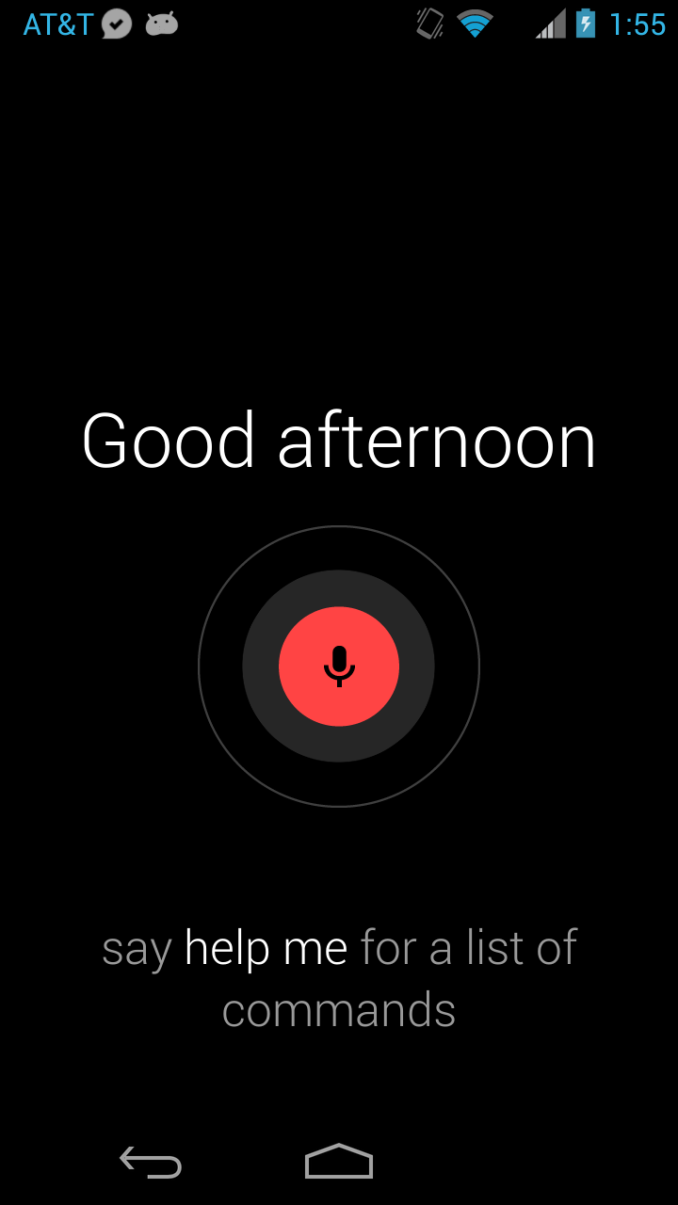
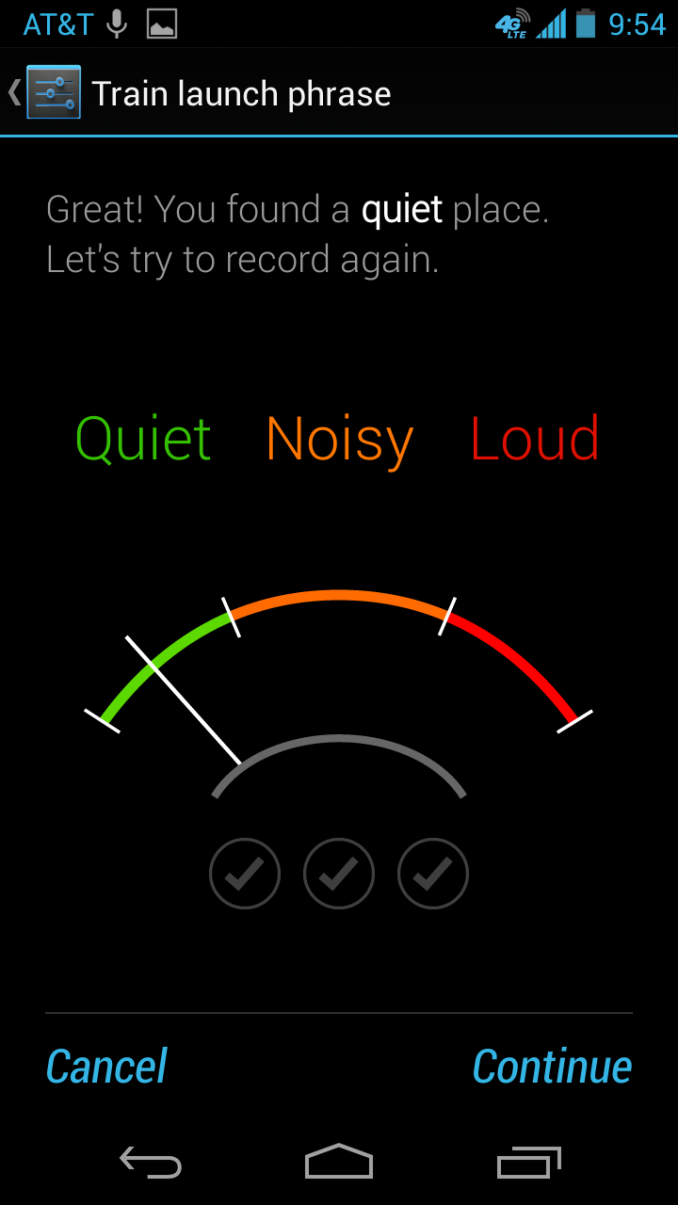
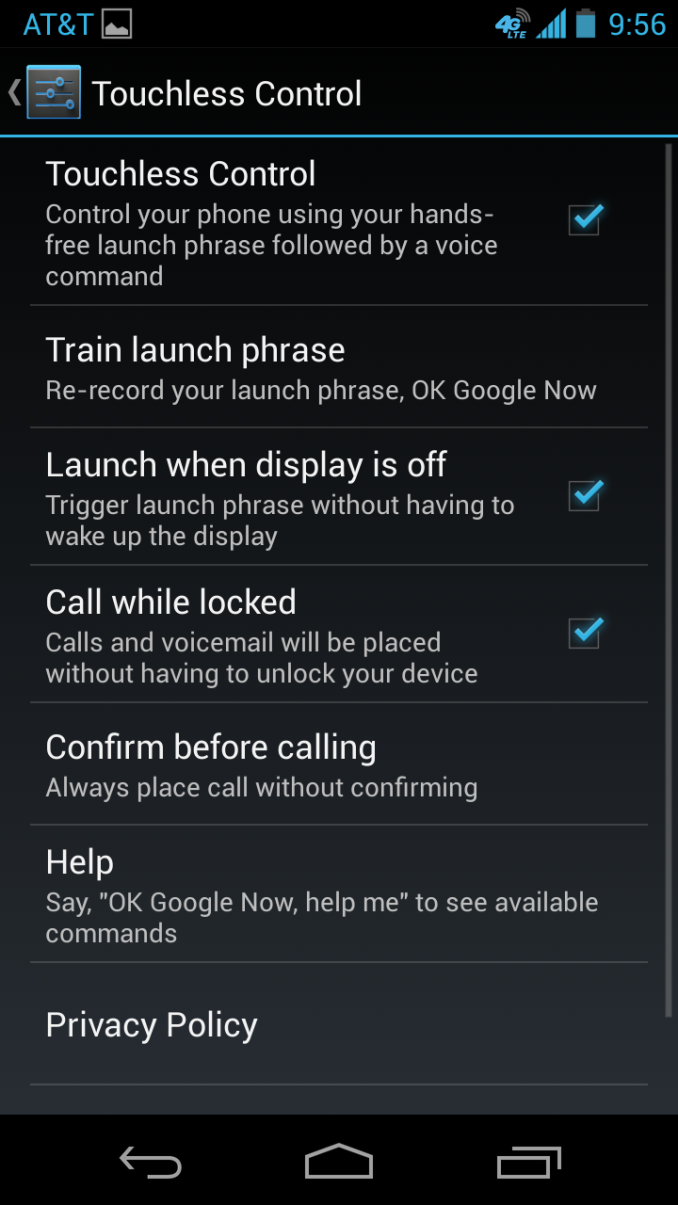
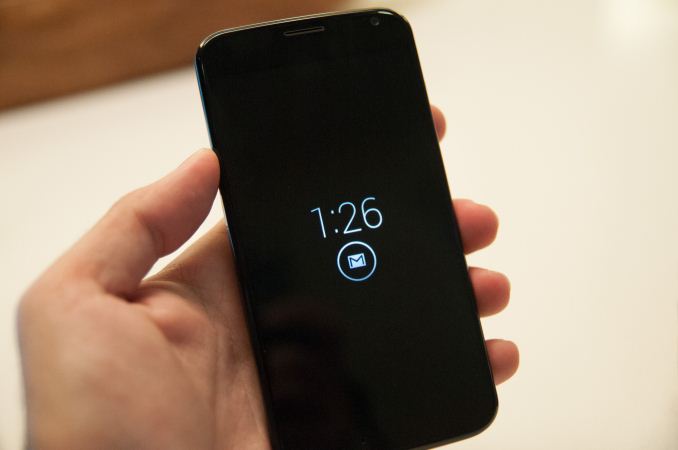
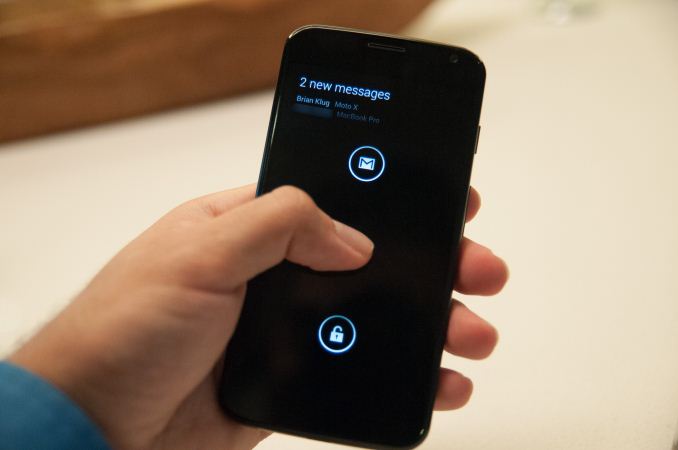
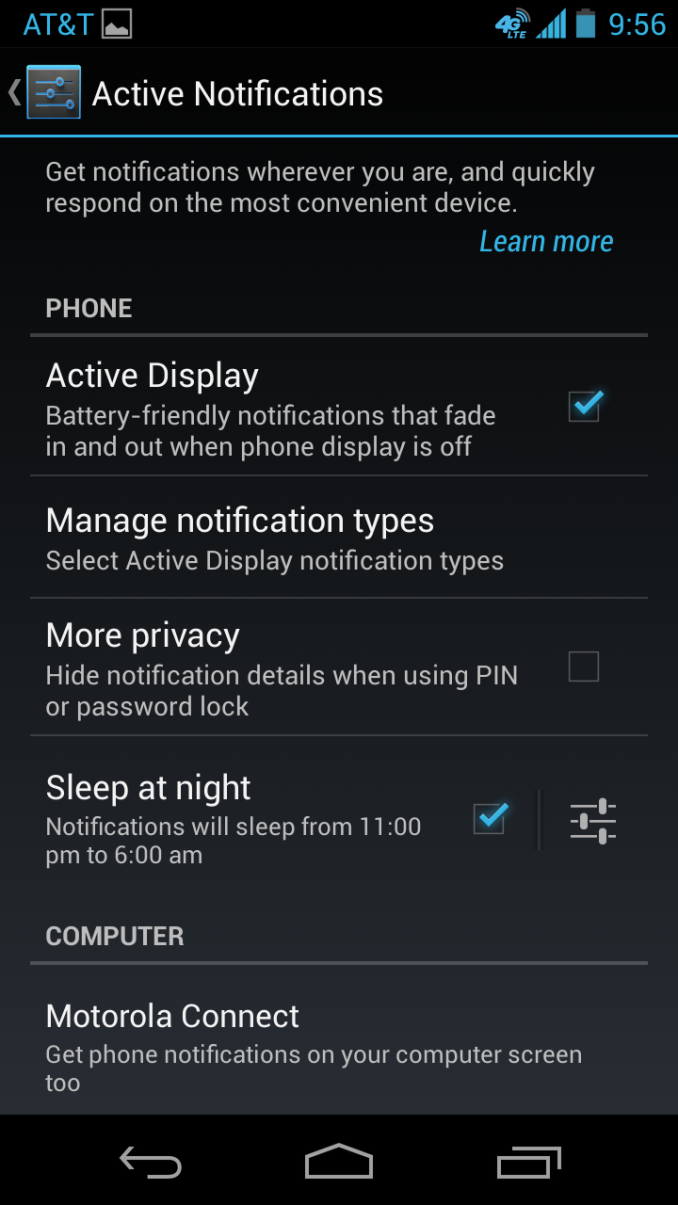
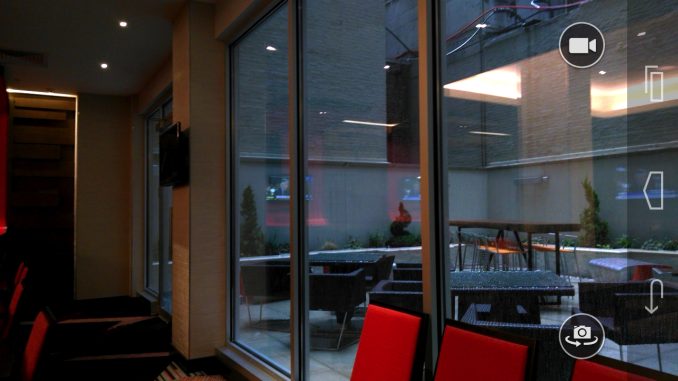
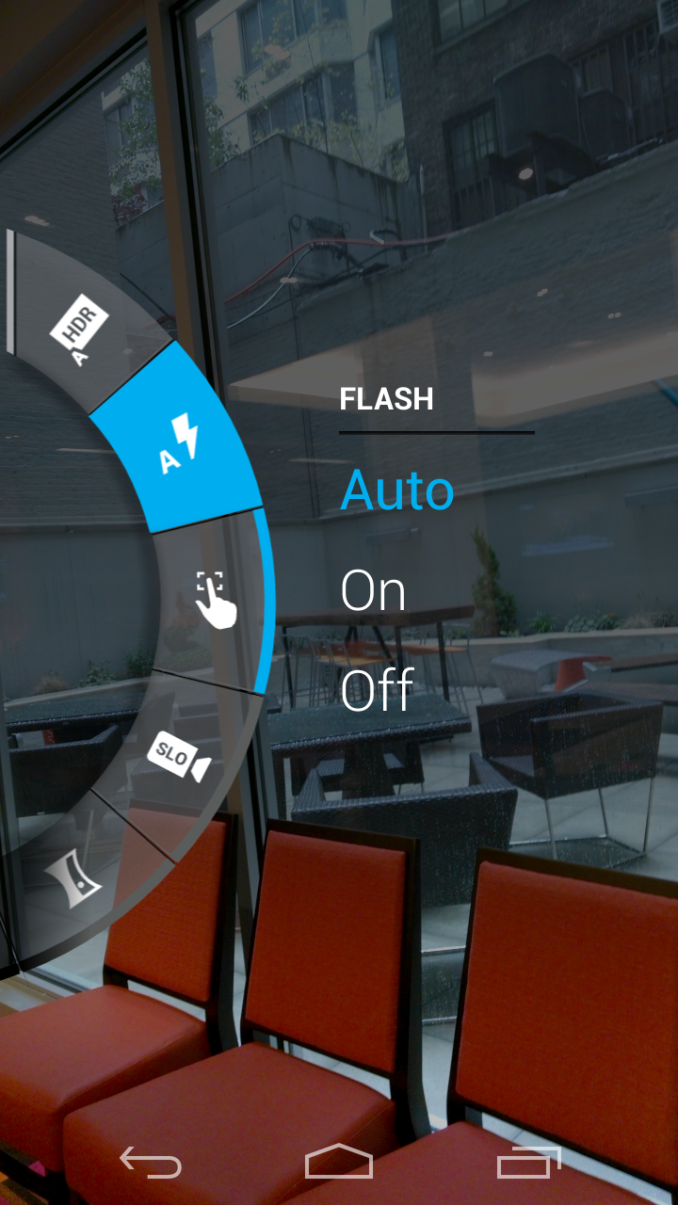








162 Comments
View All Comments
grimm2000 - Friday, August 2, 2013 - link
I can actually understand the cost. You have to remember it is being assembled here and not in China. That adds alot of the cost to make the device. People might say screw that, give me the cheapest device with the best hardware. Well I for one am going to buy it and if I don't like it I will hand it off to a family member. You never know, you might be out of a job one day and ask why? Because it was cheaper to do your job somewhere else.darwinosx - Friday, August 2, 2013 - link
It is being assembled in Texas so they are still slave labor wages.nerd1 - Saturday, August 3, 2013 - link
Most global companies' (e.g. samsung) are doing major stuff (design / marketing / R&D) in US and only manufactures in china. I just don't get why peoples are weighing that much on simple 'assmbly' done in US.Hrel - Friday, August 2, 2013 - link
Why are the pictures inside, of that lady on the phone, so filled with noise? I'd be very interested to find out what's causing that as all the other pictures looked very sharp. Was it on auto ISO?Also wondering what "the 5 major networks in the US" are. Since I'm only aware of ATT, Verizon, Sprint and T-Mobile for actual networks.
Shame the battery isn't removable; also a little confused as to why the screen isn't 1080p for a "flagship" device. Not the end of the world certainly but you'd think they'd want to put their best foot forward. At the same time, I think certain choices were made for stability and reliability which is always the most important thing when you get right down to it. Disagree? How long would you use a phone that wasn't stable?
sb605 - Friday, August 2, 2013 - link
"platform direction from Google with the price to back it up, which would've been $199 with no contract."Brian - you surely meant $399... no contract/subsidy price - right?
And if you did, I would agree. Perhaps a max of $425 for the 16 GB model. Skip 32 GB. Say, $500 for a 64 GB model. Extra 48 GB of high quality eMMC costs approx. $50, so that would be fair price.
kddd - Saturday, August 3, 2013 - link
Pity that it's unavailable for countries other than the USchizow - Saturday, August 3, 2013 - link
Far too expensive relative to the competition, which has been on the market for a good 6-10 months already. This phone should be free w/ 2 year or $200-300 max without contract. Not sure how Motorola/google expect to sell any of these as it is, especially now that real flagship handsets for Apple, Samsung, HTC are going for $100 or less.Krysto - Saturday, August 3, 2013 - link
$200 without a contract? I don't think people have a clue how these phones are made. What phone do you know that has these specs and costs $200 without contract, and isn't some garbage Chinese clone that only sells in one Chinese town?Hon - Saturday, August 3, 2013 - link
It's $200 with a contract...chizow - Saturday, August 3, 2013 - link
Google just released the new Nexus 7 with basically the same guts, bigger screen, bigger chassis for $230 so I do think I have a clue how these phones are made and how much they cost.Unfortunately for the smart phone industry, there are now tablets that tell us the true BoM on these phones, they don't cost anywhere close to what they charge you for out of contract, the price you pay with 2 yr. agreement is pretty much cost for them, they just eat the profit they would've made if you bought it outright and instead amortize it over the life of your 2 yr. plan.